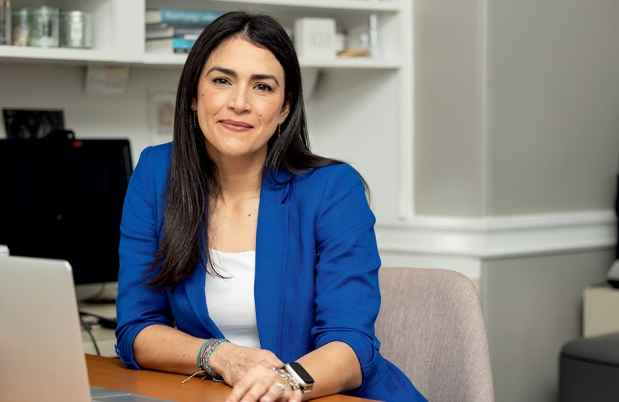Current Status: Innovations in Clinical Assessment and Treatment of Suicidal Risk
Available with English captions and subtitles in Spanish.
David Jobes, PhD, Catholic University of America, presents as part of the 2022 Suicide-Focused Assessment and Treatment: An Update for Professionals course.
Assessing and Treating Suicidal Risk
Various tools exist for assessing, stabilizing, and treating suicidal patients. In this talk, Jobes describes the most effective tools in assessing suicide.
He also discusses proven therapeutic approaches for treating suicidality, and urges clinicians to take suicidal ideation seriously.
Watch now to learn more about:
- Which suicide assessment tools are most effective
- Which therapeutic interventions can prevent suicide
- Why suicidal ideation should be taken more seriously
He emphasizes that clinical care for suicide risk should focus on screening, assessment, stabilization interventions for acute states, and ultimately treatment of suicide risk as a focus of care.
Jobes covers major screening tools for suicide risks, pointing out that the Columbia Suicide Severity Rating Scale (C-SSRS) and the Ask Suicide-Screening Questions (ASQ) are the most robust of the forms.
“More in-depth assessment of suicidal risk should be emphatic, collaborative, and endeavor to take the patient’s perspective on how and why suicide is compelling to them,” Jobes says.
He describes the importance of using stabilization interventions, such as safety planning interventions, discussing lethal means safety, and providing guidance about using the national Suicide and Crisis Lifeline (988) or the Crisis Text Line (text home to 741741).
According to Jobes, treatment of suicide risk should involve proven interventions, such as dialectical behavior therapy (DBT), cognitive therapy for suicide prevention (CT-SP), brief cognitive behavior therapy (BCBT), and collaborative assessment and management of suicidality (CAMS).
Jobes, who developed CAMS with colleagues, describes the intervention as a therapeutic framework that emphasizes empathy, collaboration, being honest and transparent with the patient, and being suicide focused.
The goal of CAMS is for the clinician to build a strong therapeutic alliance and to have the patient identify problems, known as “drivers,” that make the patient suicidal.
Much of the process is completed in a collaborative way in which the therapist sits next to the patient. Clinicians treat drivers depending on their training and theoretical orientation.
CAMS is supported by extensive data and has been used in various populations, including college students and members of the United States Air Force.
Overall, CAMS is the best treatment for suicidal ideation, an issue that Jobes states needs more attention.
“If we were better at identifying ideation upstream and treating it, we’d have fewer attempters and completers downstream,” he shares.
Jobes concluded his talk by discussing the Hope Institute, which stabilizes patients who are suicidal with outpatient suicide-focused care in five to six weeks.
“The Hope Institute fills the lethal gap between 988 and ongoing outpatient care,” he says. “We need to fill this space and focus on stabilization.”
Resources
You may also find this information useful:
- 988 Suicide and Crisis Lifeline
- Collaborative Assessment and Management of Suicidality (CAMS)
- Columbia-Suicide Severity Rating Scale (C-SSRS)
- Ask Suicide-Screening Questions (ASQ)
- Suicide: Know the Signs and What To Do
- Video: Innovations in Clinical Assessment and Treatment of Suicide Risk
- Suicide Prevention Resources
- Access to the full 2022 Suicide-Focused Assessment and Treatment Course
Learn more about the Current Status of Suicide-Focused Assessment and Treatment
About David Jobes
Dr. David Jobes is a professor of psychology and director of the Suicide Prevention Laboratory at The Catholic University of America. He is a past president of the American Association of Suicidology and has mentored dozens of students in suicidology over three decades.
Jobes is the creator and developer of the prominent Collaborative Assessment and Management of Suicidology, a suicide-focused clinical intervention.



